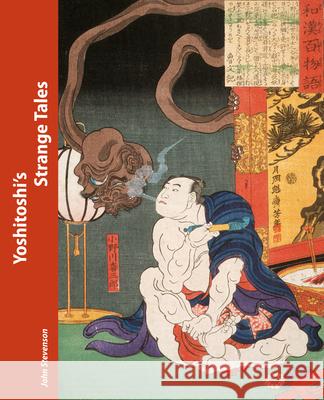Yoshitoshi's Strange Tales » książka
Yoshitoshi's Strange Tales
ISBN-13: 9789004337374 / Angielski / Miękka / 2016 / 160 str.
Taisō Yoshitoshi (1839-1892) was the most popular woodblock artist of his day. Customers lined up on the day of publication for his prints of historical characters and beautiful women. His career, which introduced subtle psychological observation to the artistic and representational world of ukiyo-e, straddled the tumultuous late Edo and early Meiji periods. Yoshitoshi was fascinated by the supernatural, and some of his best work concerns ghosts, monsters, and charming animal transmutations. Yoshitoshi's strange tales presents two series that focus on his depictions of the weird and magical world of the transformed. The first series dates from the beginning and the second from the end of the artist's abbreviated career, encapsulating his artistic development. One Hundred Tales of Japan and China (Wakan hyaku monogatari) of 1865 is based on a game in which people told short scary ghost tales in a darkened room, extinguishing a candle as each tale ended. New Forms of Thirty-six Strange Things (Shinken sanjūrokkaisen) of 1889-92 illustrates stories from Japan's rich heritage of legends in more serene and objective ways. The book opens with a study of Japanese ghost prints and analysis of Yoshitoshi's changing treatments of the genre, and reproduces three rare paintings by the artist. This is Yoshitoshi at his most whimsical and imaginative.











